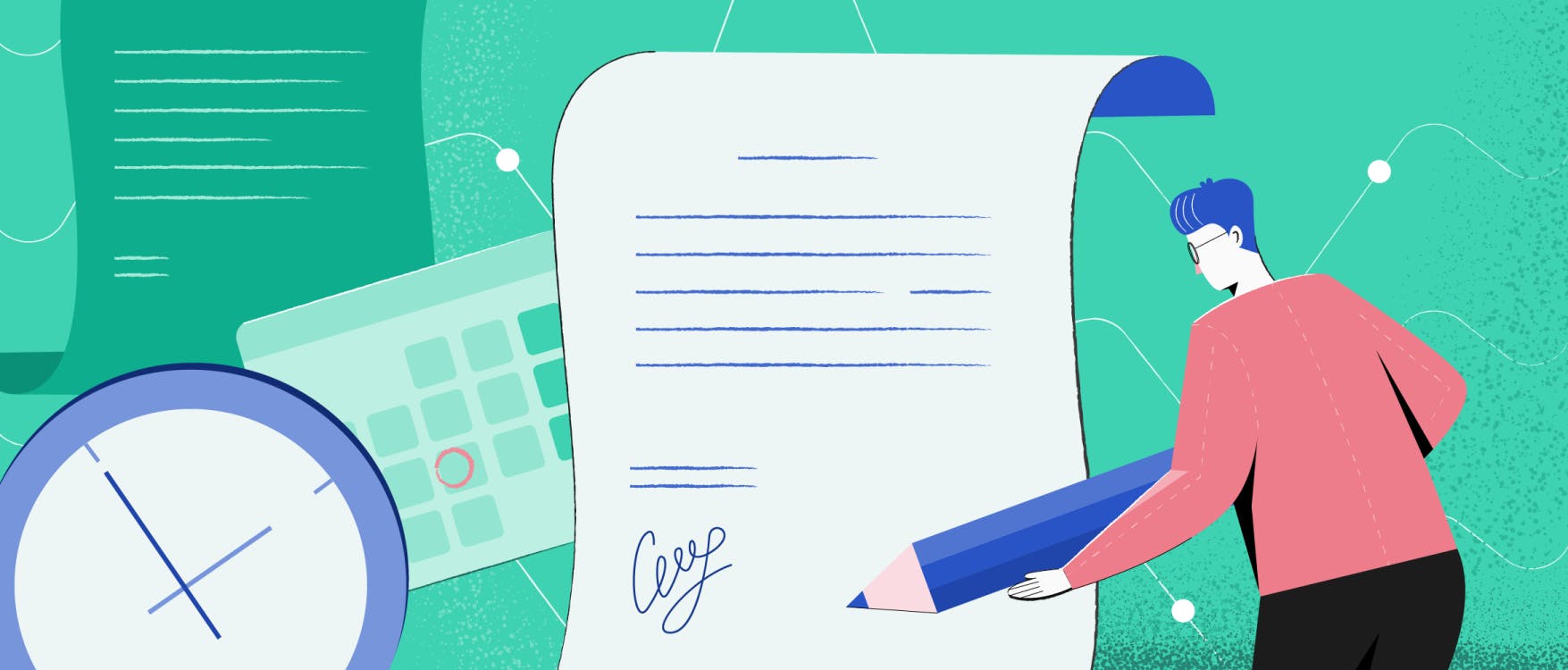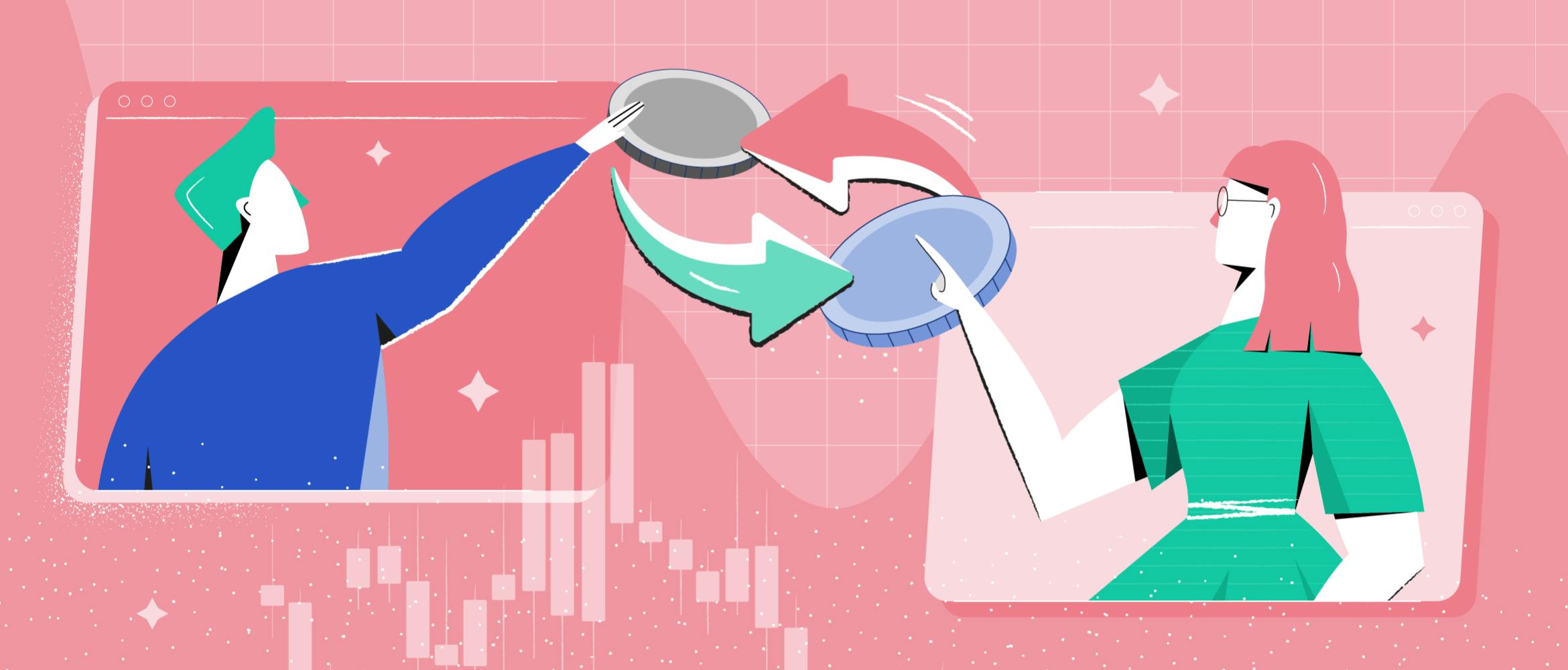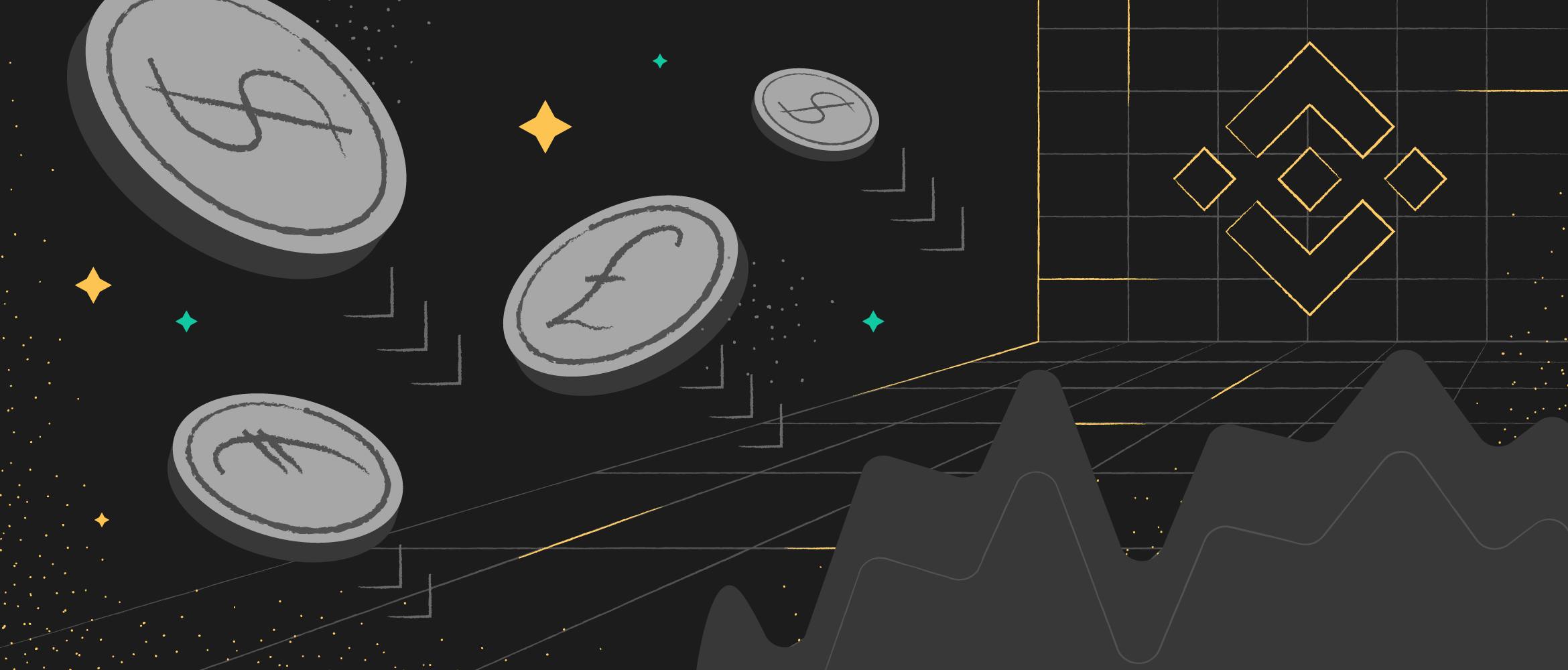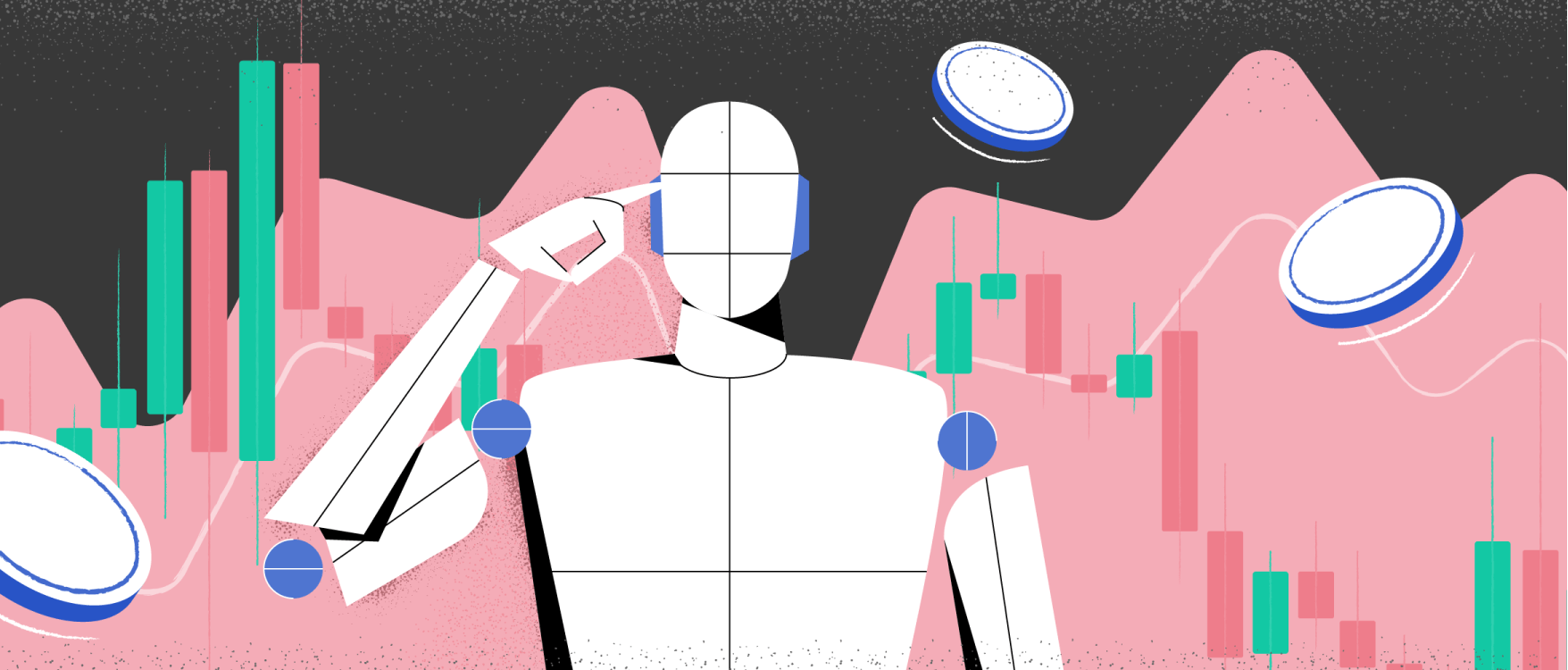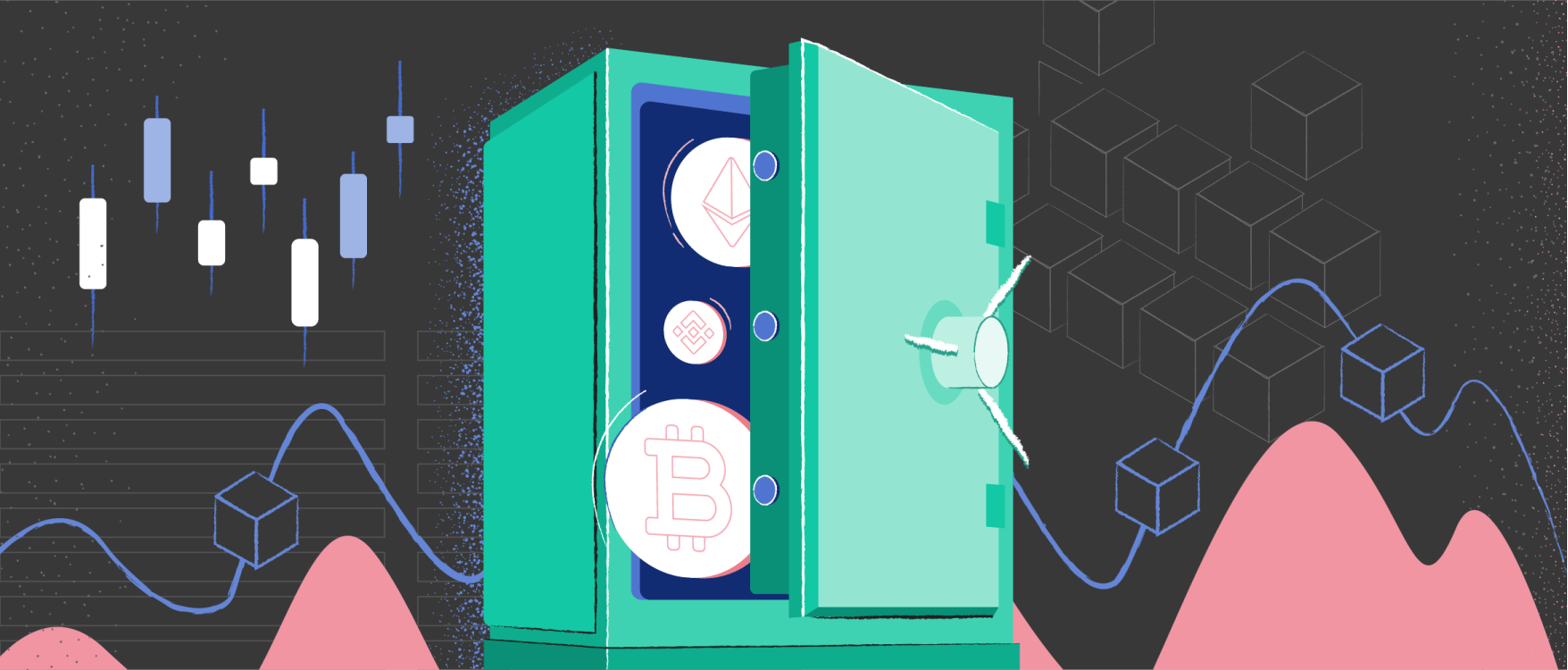
- All
- Tools
- Analytics
- Technical Analysis
- Trading
- Blockchain
- DeFi
- Guides
- Company News
- Educational
- Opinion
- Price Predictions
- Market News
- News
- Trading cases
- Practical guides
- Exchanges
- Trading signals
- Cryptocurrency
- Crypto bots
- Other
Become a crypto master
Learn everything about crypto,
trading and bots

What Is Futures Trading?
Futures contracts are agreements to buy or sell assets at a predetermined price and date. Many traders like this instrument for both risk management and profiting from market fluctuations. Thanks to its great leverage capabilities, you can establish such a contract at only about 4–12% of the price of the underlying asset.
Still, with great power comes great responsibility: trading futures also entails some extra risks and tricky parts, so let’s dive into it.
Start Trading on 3Commas Today
Get full access to all 3Commas trading tools with free trial period

Futures trading in the real world
Imagine a farmer—let's call him John—selling corn to Kellogg Company. During the planting season, John has to invest a lot in commodities (seeds, fertilizers, etc.) and the labor of his employees so he can eventually sell the final product: corn. Seeing the volatility of the corn market, John understands that it is possible for him to waste the money he invested and lose on profits if the price of corn continues to decline during the harvesting season.
So instead of selling corn at the market rate during harvest, John secures and guarantees his profits by selling corn futures. Thus, John knows exactly at which price and at which time in the future he will sell the corn, allowing him to do accurate financial planning right away.
On the other side, there’s Kellogg's, buying corn to make corn flakes. The company is affected by market volatility too: since they can't afford to change the price of corn flakes with every fluctuation of the raw material price, they need to know what corn flakes will cost to make in the future and budget this cost beforehand.
And that's how Kellogg's benefits from buying corn futures from John: they lock in the price of the corn they will buy in the future, and thus get a stable production cost.
Futures contracts are an advanced trading tool. Feel free to brush up on what trading is, or check out the most popular trading strategies at 3Commas Academy.
What is futures trading? A bit of futures theory
Using the above example as a basis, we can now define what futures are.
Futures (or futures contracts) are agreements in which two parties agree that one party, the buyer, will purchase an underlying asset from the other party, the seller, at a later date and at a price agreed upon by the two parties when the contract is initiated.
An underlying asset is virtually anything that you can sell on the market: corn, gold, cryptocurrencies, and so on. The first type of futures contract we will address in this article is the type that relies on underlying assets.
Futures types
Underlying assets for futures contracts can be divided into two groups based on the method of settling them: physically settled and cash-settled.
- Physically settled commodities include gold, oil, corn, and even water. Physical settlement (or physical delivery) means that the commodities have to actually be delivered to the buyer on the contract settlement day, which is the case with the John/Kellogg's example.
- Cash-settled commodities, on the other hand, don’t imply any physical delivery taking place, but instead get settled with futures traders accepting profits from the deal in plain old cash. Examples of cash-settled assets would be bonds, currencies, market indices, and stocks.
It’s important to note that the method of settlement is defined by the terms of the futures contract and not by the particular asset. For example, you can future-trade oil without ever actually receiving a barrel on your doorstep.
Here are some examples of popularly traded futures contracts:
- Commodity futures such as crude oil, natural gas, corn, and wheat.
- Stock index futures such as the S&P 500 Index.
- Currency futures including those for the euro and the British pound.
- Precious metal futures for gold and silver.
- U.S. Treasury futures for bonds and other products.
- Cryptocurrency futures such as Bitcoin price futures.
Why trade futures and who does it?
Generally, investors who trade futures can be divided into two groups, based on their goals:
- People who want to speculate on future market moves, buying and selling contracts in the hopes of making a profit. This is the most common case for individual investors and traders. By opening a contract, they "express their opinion" about how the price of an underlying asset—a certain index, financial product, or commodity—may change in the future.
- People who want to hedge against the ever-changing price of a product they consume or produce (like John and Kellog’s). There is also hedging against investment risk. In that case, it’s a strategy employed to offset losses in investments by taking an opposite position in a related asset.
We’ll take a closer look at these two approaches in the next section.
How futures contracts work in financial markets and how to use them
Here is another example. A share of Apple stock (AAPL) is now worth about $135. A futures contract with the underlying asset of AAPL stocks would be an agreement between the buyer and the seller that the buyer will buy AAPL from the seller at a price of $135 in, say, 3 months.
No matter what the price of the stock will be in 3 months, the sum of the transaction between the buyer and the seller will still be $135. Consequently, if the actual price of the stock changes either way after 3 months, one of the parties will incur losses.
Speculating with futures
Most futures transactions are based on speculation. If the buyer anticipates the Apple stocks to rise, they buy a futures contract to eventually sell the shares at a higher price. Likewise, if the seller thinks that the price is about to fall, they sell a futures contract to make a profit by getting more money than the current asset price would imply.
It’s important to emphasize that no literal buying or selling of the assets is taking place when a futures contract is made. You can think of it as a bet between two parties: one thinks that the price of the asset will rise, and the other thinks that the price will fall.
Accordingly, there’s no obligation to physically possess an underlying asset beforehand in order to sell it. As mentioned above, any futures contract can be defined as cash-settled.
Hence come the high leverage capabilities of futures contracts. One doesn't have to put up 100% of the value of the contract as one goes into the trade. The broker (an intermediary between the buyer and the seller) only requires an initial margin, which is a small portion of the total contract value.
When the buyer’s brokerage account doesn’t hold the full value of the contract, they are implicitly using borrowed funds from the brokerage. This is called margin trading.
Margin trading allows for a much larger position than the brokerage account holds in funds. This popular way of investing can amplify gains, but it can also amplify losses. Here are examples of each:
Amplify gains: The buyer establishes a futures contract for 10 AAPL shares (initially worth $1350), putting up a margin of $135. At the contract’s expiration date, the price has risen to $200 per share. The $650 difference ($2000 – $1350) will arrive at the buyer’s brokerage account, thus making them 4.8x profit from the initial investment.
Amplify losses: The same situation, but at the contract’s expiration date, the price has fallen to $50 per share. The $850 difference ($500 – $1350) will be requested from the buyer by the contract’s broker: this is called a margin call. Thus, the buyer will incur losses 6.3x bigger than the initial investment.
Hedging with futures
Futures can be used to hedge the price movement of the underlying asset. The goal is to stop losses when prices change unfavorably. Many companies that hedge use or produce the underlying asset. For example, corn farmers use futures to lock in a specific price for selling the corn crop. They reduce risk and provide a fixed price. If the price of corn goes down, the farmer has a gain on the hedge that offsets the loss on the sale of the corn.
Since the profit and loss offset each other, the hedge sets an acceptable market price.
The same applies to the example with the AAPL stocks. Investors could use a futures contract to hedge against market downturns during uncertain industry periods or global financial instability, like that of the COVID-19 crisis.
Summing up, while there are a lot of other great instruments to speculate on and/or hedge against future market moves, futures markets can offer some distinct pros in comparison to the equities (stock) market.
Pros of trading futures
Leverage
The first and probably most important advantage of futures is the leverage. To establish an equity position in a margin account, one would usually pay no less than 50% of its full value. For futures contracts, on the other hand, the typically required margin would range between 4-12%.
With leverage this huge, investors and traders can make returns significantly larger than the original investment amount.
Short Selling
Unlike the cash market, the futures market offers the same margins for both long and short positions. Thus, with futures, you can take bearish (when you believe that the price of an asset will fall) and short (short in time) stances and make your strategy more flexible with no additional costs.
Diversification
Futures trading is also highly valued for its high diversification potential. The first and most obvious advantage is the ability to manage risk through hedging against upcoming events that could move the markets. Secondly, futures provide access to some assets that are rarely found in other markets.
Tax Benefits
Futures often provide a tax benefit compared to other short-term trading markets. For example, in the US profitable futures trades are taxed on a 60/40 basis: 60% of profits are taxed as long-term capital gains and 40% as ordinary income. Compare that to stock trading, where profits on stocks held for less than a year are taxed 100% as ordinary income.
Cons of trading futures
Leverage risk
While leverage enables investors to win more on favorable price changes of the underlying asset, it is still a double-edged sword. If, on the futures contract expiration date, you “lose the bet,” you will potentially have to spend a lot more than the initial margin amount.
Predetermination
Futures contracts help companies and investors to reliably hedge the price of their investments, raw materials, or products they sell. On the other hand, during the lifetime of the contract, you may see advantageous price movements that you will miss due to the contract’s nature.
Where to trade futures
Nowadays, most major online brokerages feature a futures trading section. Familiarize yourself with the rules of each one before selecting the platform.
Because of the risks arising from margin trade, most online brokerages want to make sure their clients are prepared before they allow them to begin trading futures. Brokers also want to make sure that investors have access to margins. That requires a certain minimum balance in the account.
Sometimes, they'll even ask you to pass a class or take a test before you can begin trading using leverage.
FAQ
Futures (or futures contracts) are agreements in which two parties agree that one party, the buyer, will purchase an underlying asset from the other party, the seller, at a later date and at a price agreed upon by the two parties when the contract is initiated.
Every asset you can find on the public market can act as an underlying asset for a futures contract, e.g. corn, natural gas, USD, gold, Bitcoin, S&P 500 Index, and so on.
High leverage. For futures contracts, the typically required margin would range between 4-12%, whereas on the cash market, one would usually pay no less than 50% of the full value.

A proven leader, successful at establishing operational excellence and building high-performance teams with a sharp focus on value creation and customer success.
